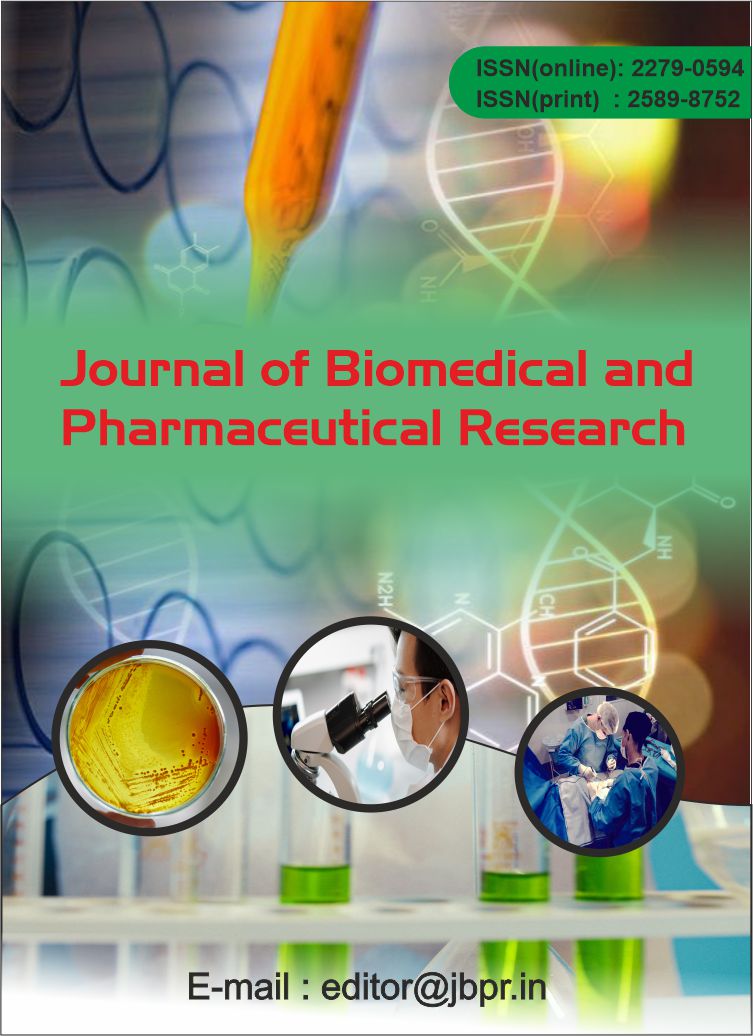Leaf as a Potential New Source of Competent Cells for High Frequency Regeneration through Indirect Organogenesis in Tylophora Indica (Burm.f.) MERRILL (Asclepiadaceae)
Abstract
The purpose of this study was to develop a new micropropagation system for Tylophora indica, an important medicinal plant in India, using leaf explants as starting material. Leaf explants cultured on Murashige & Skoog’s (MS) medium supplemented with 2mg/L NAA and 1mg/L BAP, compact greenish white callus resulted from leaf explants. From leaf explants on MS + 2mg/L 2,4-D + 0.75 mg/L BAP and MS + 2.5mg/L 2,4,5-T + 0.5 mg/L BAP, friable callus was obtained. The compact callus also yielded friable callus when transferred to B5 medium supplemented with 0.75 mg/L 2,4-D and 0.2 mg/L NAA. These calli were non morphogenetic. Morphogenetic compact callus derived from leaf explants differentiated shoots on MS + 1.0mg/L 2ip + 4mg/L KIN. Good rooting response was observed when regenerated shoots were inoculated in ½ MS with 2.0% sucrose. Such plantlets ere successfully transferred to soil after hardening, with a high rate of survival. The plants were comparable to natural population in growth in vigour.
KEYWORDS: Organogenesis, Tylophora indica, Micropropagation, Asclepiadaceae, Callus.
![]() Journal of Biomedical and Pharmaceutical Research by Articles is licensed under a Creative Commons Attribution 4.0 International License.
Journal of Biomedical and Pharmaceutical Research by Articles is licensed under a Creative Commons Attribution 4.0 International License.





